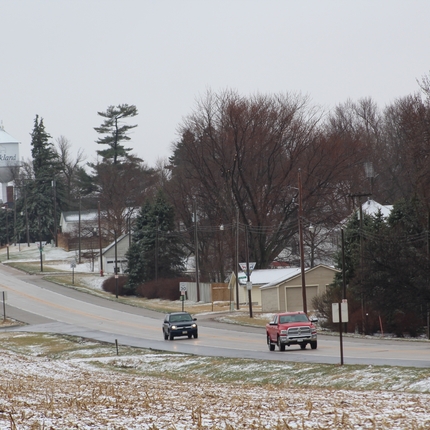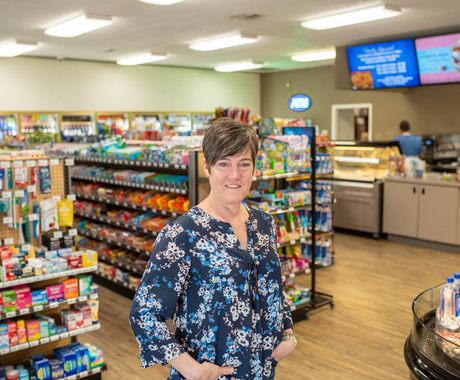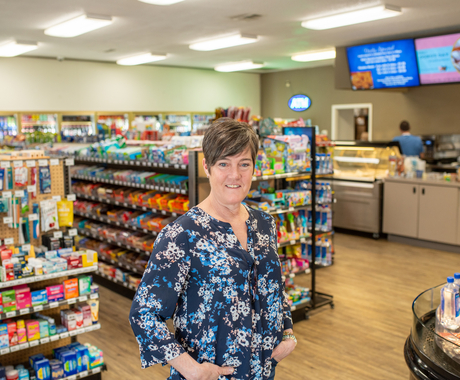by Elisha Smith, former staff member
Internet access and a high speed connection is crucial in our schools. But according to a new report by Education Week, rural and small-town school districts are frequently charged 2.5 times their urban counterparts for Internet.
Reversing a Raw Deal, explores the impact of rural schools’ disproportionate lack of access to the fiber-optic connections and other modern technologies that experts say are essential to meeting long-term federal school connectivity targets.
The report examines efforts to bring affordable, high-speed Internet to the 12 million students attending America’s rural schools. The investigative team spent nearly five months researching and interviewing students, parents, teachers, advocates, superintendents, state officials, corporate executives, and leaders at the Federal Communications Commission.
Their release package features in-depth, on the ground reporting from two locations. The first is a small sweet-potato farming community in Calhoun County, Miss., where the local school district has been stuck with $9,275 monthly bills for Internet service that barely works.
The second is a vast cattle-ranching community in Catron County, N.M., which covers an area the size of Connecticut but is home to just 3,600 people. The local schools there are billed more than $3,700 per month for Internet service that most American schools can get for $540.
This price discrepancy is partially due to a lack of competition in rural areas, according to the authors. A recent survey of school leaders and technology officials shows that 38% of rural schools report zero or one qualified bids for E-rate services, compared to 29% overall.
The report concludes that the E-rate overhaul announced by the FCC in 2014 has catalyzed new efforts by states, school districts, and telecommunications companies to bring affordable high-speed broadband to rural schools. Signs of progress are evident in a new analysis by broadband-advocacy group EducationSuperHighway.
It shows the number of students without access to minimally adequate Internet connections has been cut in half over the past two years. Big progress has also been made at the state level, including in New Mexico, where Gov. Susana Martinez is one of 20 state leaders to pledge action on the issue.
The report, which features a three-part online series that use photos, video, and data visualization to bring the story alive for readers, can be found here: Reversing a Raw Deal.
Feature image: From Chapter 2 of the Raw Deal report: "Carolyn Nelson is the lone teacher at Glenwood Elementary school, located in the heart of the Gila National Forest."




